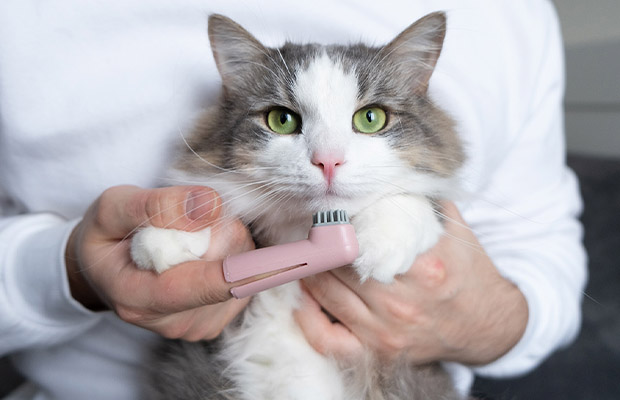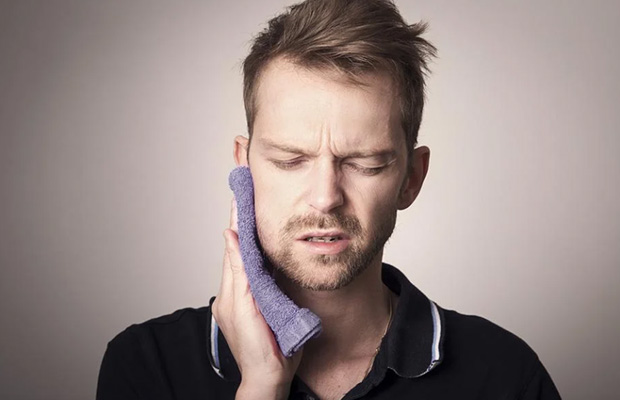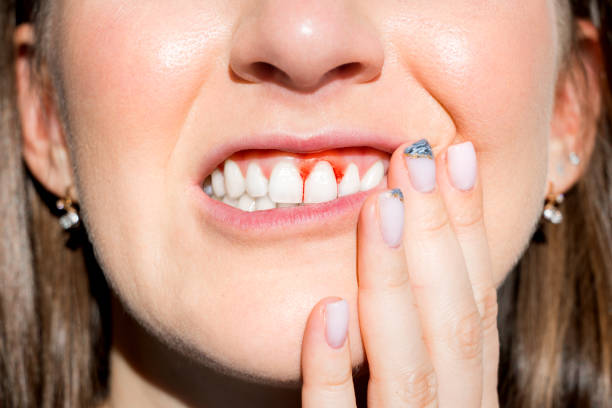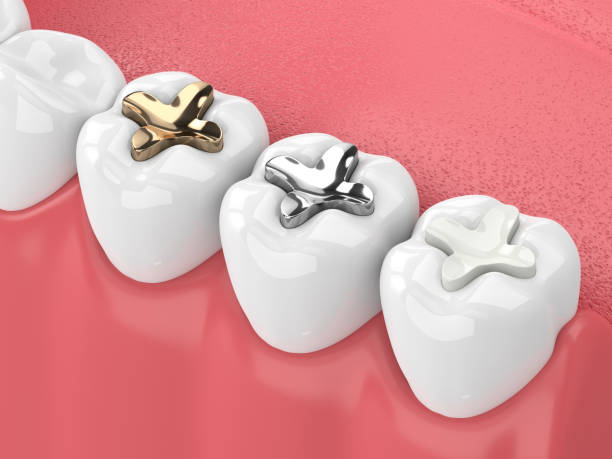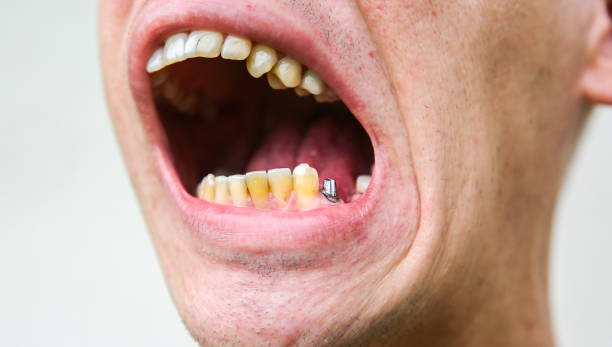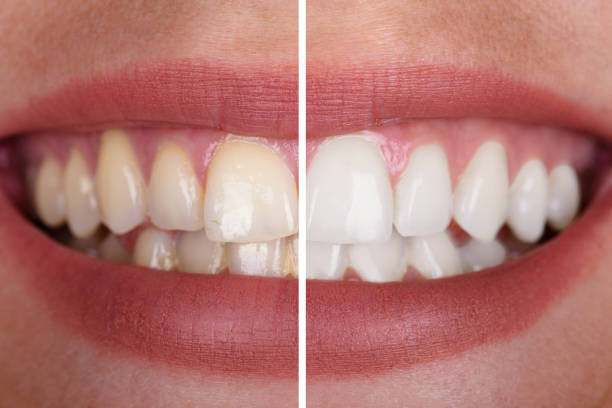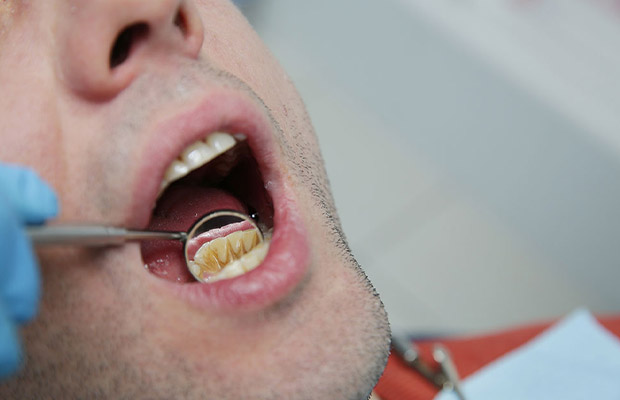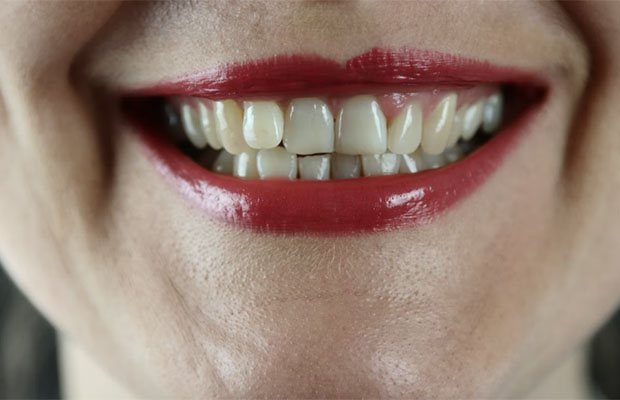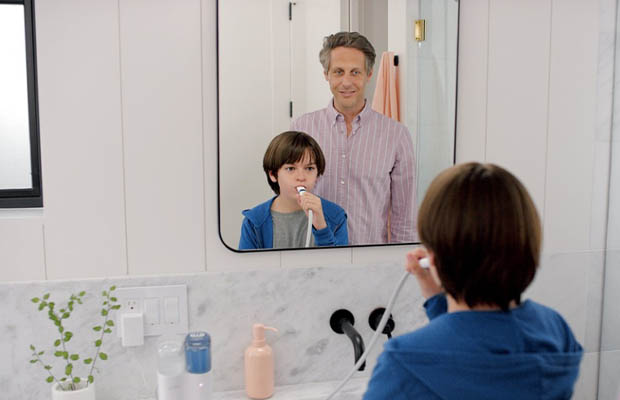A common household item, baking soda has numerous applications, including cleaning and baking. But did you know that baking soda can whiten teeth at home? Due to its abrasive yet gentle exfoliating capacity that removes surface stains and cleans teeth, baking soda, also known as sodium bicarbonate, has been used to whiten teeth for decades.
Table of Contents
Can We Use Baking Soda to Whiten Teeth?
Have you considered using baking soda in your toothpaste? The Journal of the American Dental Association reports that toothpaste with baking soda is both effective and secure for whitening teeth. Even better, baking soda is comparable in hardness to the dentin of your teeth and is less abrasive than many alternatives. These aspects are put together to make it a risk-free choice for everyday use in your dental hygiene routine.
Baking soda will not remove deeper stains from your teeth because it only eliminates surface stains. The Mayo Clinic claims that using toothpaste with baking soda will remove coffee and cigarette stains, though it may take two to six weeks before you see results.
How Baking Soda Should Be Used to Whiten Teeth?
With a little water and baking soda, you may remove the stains from the teeth’ surface. To enhance its whitening properties, some hydrogen peroxide can also be used. You can also use regular toothpaste and baking soda. It can also be found in various commercially available toothpaste and teeth-whitening products.
It’s not advisable to combine lemon juice and baking soda to increase their whitening properties, despite what some people may advocate or propose. Lemon juice can cause some gum irritation and is acidic, which means it will eventually take the calcium from the teeth, corrode or kill them.
To prevent damage to the tooth enamel, baking soda should generally be used as directed. The soda should ideally not be used excessively as repeated use can harm the enamel. Typically, it can only be used once a week for two minutes at a time.
Additionally, since baking soda lacks fluoride, which helps protect teeth from cavities and strengthens enamel, it should not be used in place of toothpaste. Fluoride toothpaste combined with baking soda will protect the teeth.
To safeguard the gums and enamel, the soda shouldn’t be vigorously rubbed over the teeth. Consult your dentist before using baking soda to brush your teeth, especially if you have gum disease or sensitive teeth already.
Tips for Using Baking Soda to Whiten Teeth
- Since baking soda lacks fluoride, it cannot fight bacteria or prevent cavities, making it ineffective as a toothpaste substitute. To completely clean your teeth, you should still use a conventional toothpaste of some kind.
- Use the right brushing methods because baking soda is abrasive. While it works well to remove surface stains and built-up plaque, brushing too vigorously with it can harm your enamel.
- Avoid overusing the product – Don’t use baking soda more than twice each week for whitening. Overuse might result in tooth discomfort and an elevated risk of cavities.
Associated Dangers
But there are certain risks involved with using baking soda to wash your teeth. This may cause the enamel to erode, making cleaning your teeth more painful and making your teeth more sensitive to heat and cold. The teeth may become more susceptible to cavities if the enamel is damaged.
One should avoid using baking soda if they have permanent dental attachments or fittings, as it can weaken or soften brace glue or adhesive. Because there is no set procedure to follow to assure its safe use for teeth whitening, baking soda can also be misused.
Recipes to Whiten Teeth with Baking Soda
It’s easy to whiten teeth with baking soda. Baking soda can be used in a number of tooth-whitening recipes, along with other common home items.
Baking soda and hydrogen peroxide
Baking soda and hydrogen peroxide may be the most successful teeth-whitening combination. Baking soda acts as a physical abrasive to manually buff away stains and clean teeth, while hydrogen peroxide chemically whitens enamel. A clear and radiant smile is the end result.
Hydrogen peroxide is an active ingredient in most professional whitening products, and for good reason. It effectively whitens teeth while being safe and all-natural, dramatically enhancing the color of enamel. Hydrogen peroxide can be found in lower concentrations wherever you buy groceries, but only professional-grade products have highly concentrated hydrogen peroxide gel formulas. This clear liquid, which is similar to baking soda in that it has many uses around the house, is great to have on hand for first aid.
Baking soda and water
Want to whiten your teeth with a safe but effective method? Baking soda and water can be used to remove stains from teeth, even those with sensitive teeth, with little to no discomfort. Simply mix one teaspoon of baking soda with a little bit of water until a paste forms, brush your teeth in circular motions with the paste, and then thoroughly rinse.
Baking soda mouthwash
For years, people have used baking soda mouthwash to gently clean, disinfect, and maintain a healthy pH balance in the mouth. Because of how efficient it is, many oral hygiene companies now include baking soda mouthwash formulas in their product lines. However, making your own baking soda mouthwash is just as simple.
Simply combine ¼ tsp. baking soda, 1/8 tsp. salt, and 1 cup of warm water to make a baking soda mouthwash. Like a regular mouthwash, swish this rinse around in your mouth before spitting. Rinse with plain water afterward if you feel the need to.
Baking soda and lemon juice
Lemon has also been shown to effectively whiten teeth, and baking soda is a tried-and-true method for buffing away stains. Lemon juice contains acids that work chemically to dissolve surface stains and reveal whiter enamel. Lemon juice and baking soda should be combined in an equal amount, and the mixture should become a runny paste. Use this paste to gently remove stains and brighten enamel by brushing twice daily.
Baking soda and toothpaste
Utilizing baking soda as a toothpaste topping is arguably the easiest way to incorporate it into your oral hygiene regimen. Even though the majority of us already use toothpaste with whitening ingredients to brush our teeth, you can still use the additional whitening power of baking soda by mixing it with your toothpaste to remove stubborn stains.
To add baking soda to your toothpaste, pour a small amount of baking soda into a shallow bowl or dish. Apply a pea-sized amount of toothpaste to a toothbrush with soft bristles, roll it in baking soda to cover it in the fine powder, and then brush as usual. To remove stains and clean teeth, this will serve as a secondary cleaning and whitening procedure.
The Bottom Line
Although baking soda is quite safe, you should always see your doctor before starting a new teeth-whitening regimen. Additionally, excessive doses of baking soda might be dangerous, but doing so when using the substance to whiten teeth is unlikely. However, only use the recommended quantity of baking soda to start, and stop using it if any sensitivity or irritation develops.

